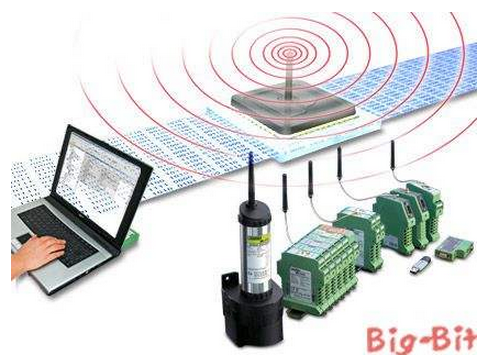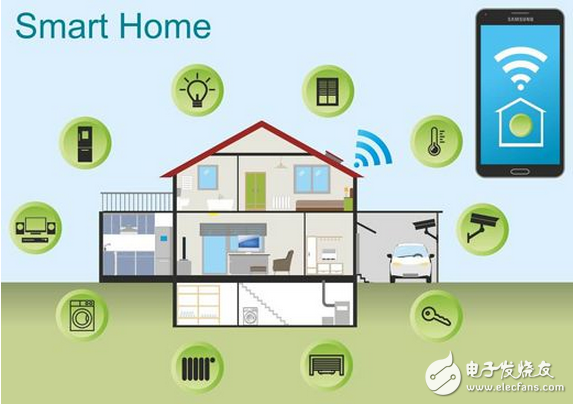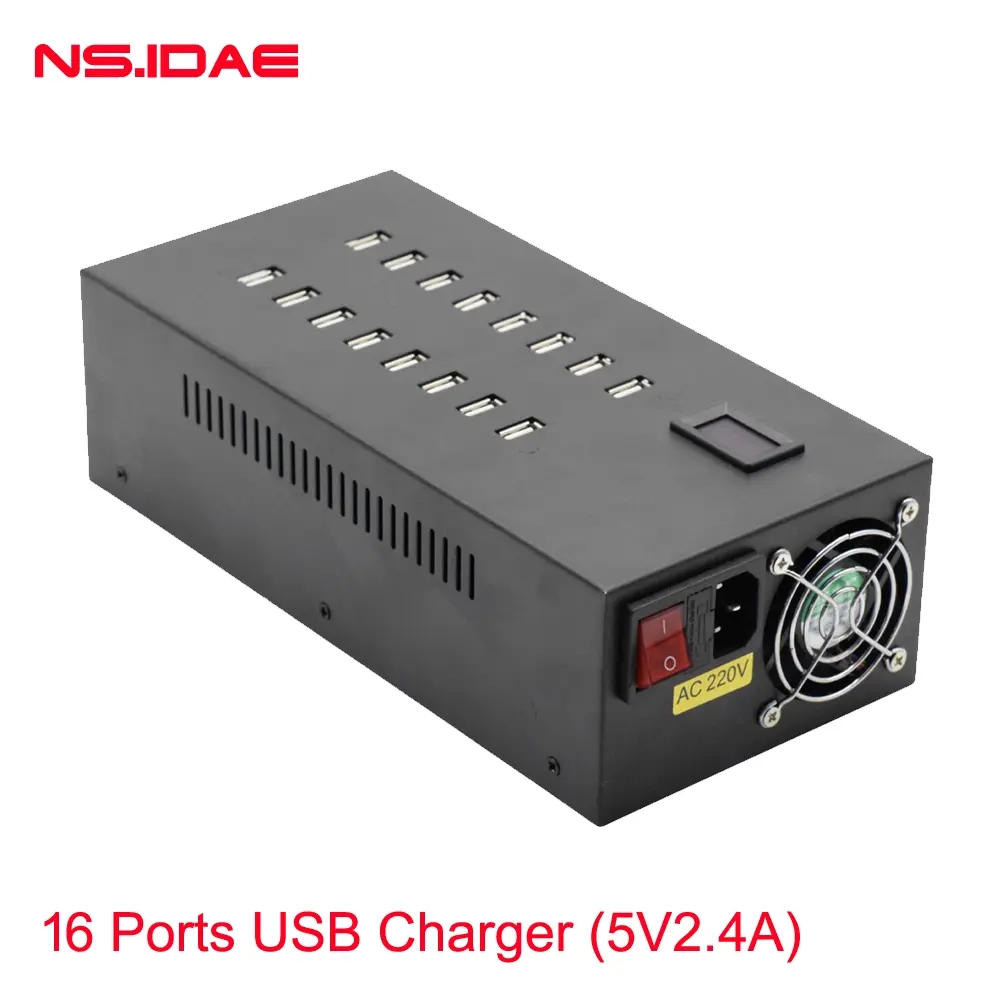The wireless communication module is the information portal through which various smart terminals can access the Internet of Things. It is the key link between the perception layer and the network layer of the Internet of Things. Currently, in the M2M scenario, more cellular communication modules (2G/3G/4G) are used. In the future, LPWAN modules (NB/IoT, LoRa) will be rapidly applied.
The wireless communication module enables all kinds of Internet of Things terminal equipment to have the ability to transmit information on the Internet, and is the information portal for all kinds of intelligent terminals to access the Internet of Things. It is the key link between the perception layer and the network layer of the Internet of Things. The device data generated by all the terminals of the Internet of Things perception layer need to be aggregated to the network layer through the wireless communication module, and then the device can be remotely controlled through the cloud management platform. At the same time, after data analysis, Bring the improvement of management efficiency.

Examples of wireless communication modules
At present, the entire industry has formed a competitive situation led by foreign manufacturers and domestic manufacturers catching up. The leading foreign companies mainly include Sierra, TelIT, U-blox, etc., which are far ahead of domestic manufacturers in terms of scale and gross profit margin. The first echelon companies in China include SIMCom, Quectel, ZTE IOT, and Guanghetong. Calculated in terms of shipments, it is already comparable to foreign leaders. Due to the fierce domestic competition, the gross profit margin is generally lower than that of foreign countries. We believe that wireless communication modules can be compared to the development law of mobile phone manufacturers. With the further enhancement of the brand and scale of head manufacturers, a “winner takes all†will be formed, and the industry concentration is expected to further increase. The first-tier companies are expected to benefit more in the long run. The overseas leaders Sierra and TelIT have already opened up the overall solution of the underlying module + IoT platform + vertical application. The added value of the product has been continuously improved, the gross profit margin has risen steadily, and the stock price has been correspondingly affirmed by the capital market.
Wireless communication module industry introduction
The wireless communication module enables various terminal devices to have the ability to transmit networked information. As shown in the figure below, it is the information portal for various smart terminals to access the Internet of Things. It is the key link that connects the perception layer and the network layer of the Internet of Things. The device data generated by all the terminals of the Internet of Things perception layer needs to be aggregated to the network layer through the wireless communication module, and then the device can be remotely controlled through the cloud management platform. At the same time, the data analysis is effective Improve management efficiency of various application scenarios. There is a one-to-one correspondence between the wireless communication module and the IoT terminal, which belongs to the underlying hardware link and is irreplaceable.
Summary of the value of wireless communication modules
The first value: hardware integration and software design, fusion of multiple communication standards, to meet environmental requirements in different application scenarios, greatly simplifying the work of application vendors.
The second value: In the middle link between the upstream standardized chip and the downstream decentralized vertical field, it needs to meet the specific needs of different customers and different application scenarios.
The profit model of module manufacturers purchases upstream materials for themselves, and is responsible for product design and sales. Production can be done by themselves or outsourced to third-party processing plants. Manufacturers can carry out customized development in accordance with application manufacturers' requirements for different application scenarios. The so-called 2G module refers to the module that can access the operator's 2G network, the NB-IoT module refers to the module that can access the NB-IoT network, and so on. Because the Internet of Things is the networking of equipment terminals in all walks of life, including a variety of application scenarios, different application scenarios require different wireless communication modules, so the application scenarios of the modules are particularly rich, and the market space is also very large.

In the application scenarios of the Internet of Things, large particles (with annual demand of more than 10 million) markets have formed mainly in the fields of smart meters, mobile payments, smart vehicles, and smart grids. The growth in these areas has led to major growth in the wireless communication module market.

16 Port Usb Charger,16 Port Powered Usb Hub,200W High Poer Charger,Multiple Usb Desktop Chargers
shenzhen ns-idae technology co.,ltd , https://www.best-charger.com